Sejong Yeonhwasa Temple (연화사 (세종))
10.8Km 2025-05-20
28-1, Yeonhwasa-gil, Sejong-si
+82-44-862-8620
Yeonhwasa Temple is said to have been built by Hong Mun-seop. After having a dream, Hong dug the current site of Yeonhwasa Temple to find two stone Buddha statues and built a temple there. It was designated a traditional temple in 1988. The temple features Muryangsujeon Hall, Samseonggak Hall, and Yosachae (monks’ residence).
There used to be a building with a tile roof, but following the discovery of a stele with the inscription of “Muin Year” and a pedestal, the roof was improved. The side of the stele is in a trapezoid shape with a wider bottom. It is thought to date back to the Unified Silla era. The temple is also home to a stele with seven relief Buddhist images. Together with the stone images of Biamsa and Jeonganmyeon, this stele is considered to have cast a new light on the Ancient Art.
Bugangok (부강옥)
10.9Km 2025-05-20
103, Bugangoecheon-ro, Sejong-si
+82-10-9577-8953
It is a restaurant that’s featured a lot in various media. This Korean restaurant is located in Sejong-si. The representative menu is blood sausage and rice soup.
La Foresta (라포레스타)
11.1Km 2025-05-20
130 Daecheop-ro, Yeonseo-myeon, Sejong-si
La Foresta is a café with a spacious outdoor garden. The interior has a cozy atmosphere with wood tones. The garden is adorned with various types of trees and flowers, creating a park-like ambiance. Signature drinks include foresta double latte, made with hazelnut milk and espresso, blood orange featuring blood orange infused tea, and dewy cherry mango, a refreshing blend of cherry tea with mango puree and coconut jelly.
Jeongancheon Eco Park (정안천생태공원)
11.4Km 2025-02-04
257 Uidang-ro, Uidang-myeon, Gongju-si, Chungcheongnam-do
Jeongancheon Eco Park, located along the Jeongancheon Stream, has well-maintained bike paths and walking trails offering beautiful scenery. The park features a variety of flowers and plants throughout the seasons. Most stunning of all are the tulips and flower lawns in full bloom in spring and the fragrant pink and white lotuses in summer. The 500-meter-long walkway lined with metasequoia trees is beautiful throughout the year and is a popular photo spot in Gongju.
Sanjang Garden (산장가든)
11.5Km 2025-05-20
1131-7 Dosingobok-ro, Yeonseo-myeon, Sejong-si
+82-44-867-3333
Sanjang Garden is a Korean restaurant specializing in grilling pork galbi over charcoal. In addition to pork galbi, they also serve dishes such as naengmyeon (cold buckwheat noodles), dongchimi guksu (noodles with radish water kimchi), and sujebi (hand-pulled dough soup). Surrounded by lakes and mountains, the restaurant offers a picturesque setting and has been featured multiple times on Korean television. It's approximately a 15-minute drive from Jochiwon Station by car or taxi.
Himart - Jochiwon Branch [Tax Refund Shop] (하이마트 조치원점)
11.6Km 2025-05-20
1, Munhwa 2-gil, Jochiwon-eup, Sejong-si
-
Sejong Culture & Arts Center (세종문화예술회관)
11.7Km 2025-05-20
22, Munyehoegwan-gil, Sejong-si
+82-44-301-3523
Located in Sejong Special Self-Governing City, the Sejong Culture & Arts Center is a multi-purpose cultural space for performances and exhibitions. It offers a variety of opportunities for local artists as well as a place to enjoy culture and arts for local residents.
Cheonghyang Ilsik (청향일식)
11.7Km 2025-05-20
97, Jangan 1-gil, Jochiwon-eup, Sejong-si
+82-44-866-7725
Cheonghyang Ilsik is a Japanese restaurant specializing in seafood made with fresh fish and shellfish. In addition to serving delicious dishes, the restaurant also presents a traditional interior design complete with wooden and roof tiles.
Mihyang (미향)
11.7Km 2025-05-20
1, Munhwa 4-gil, Jochiwon-eup, Sejong-si
+82-41-866-3173
Mihyang is a seafood restaurant specializing in haemul-jjim (steamed seafood).

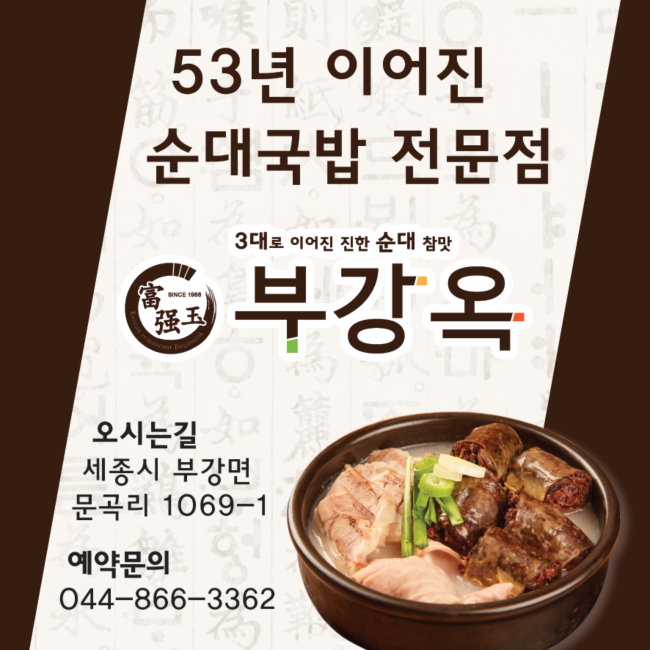
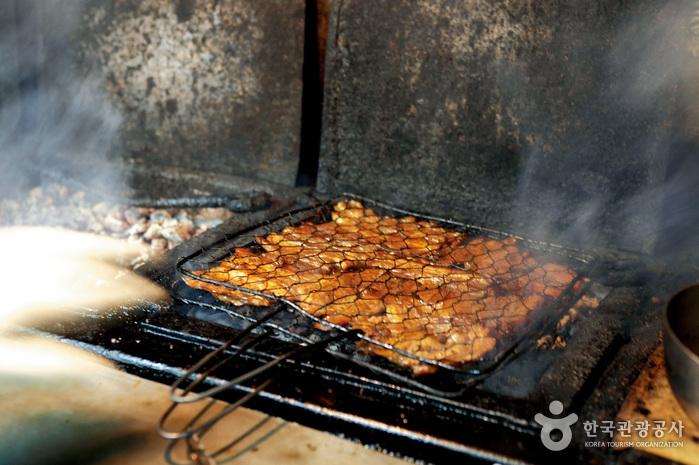
![Himart - Jochiwon Branch [Tax Refund Shop] (하이마트 조치원점)](http://tong.visitkorea.or.kr/cms/resource/59/2883159_image2_1.jpg)
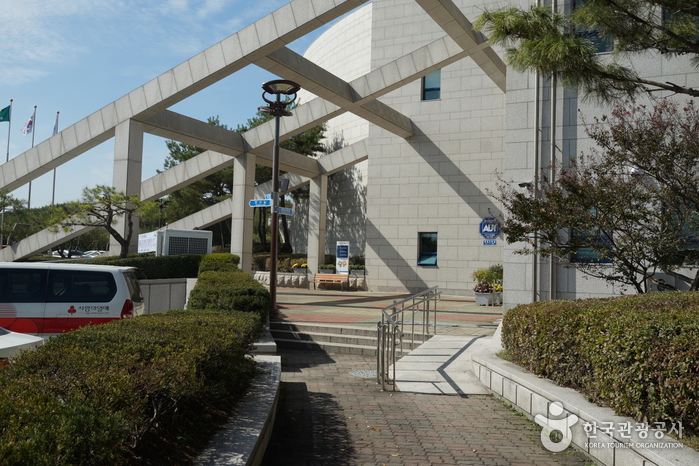
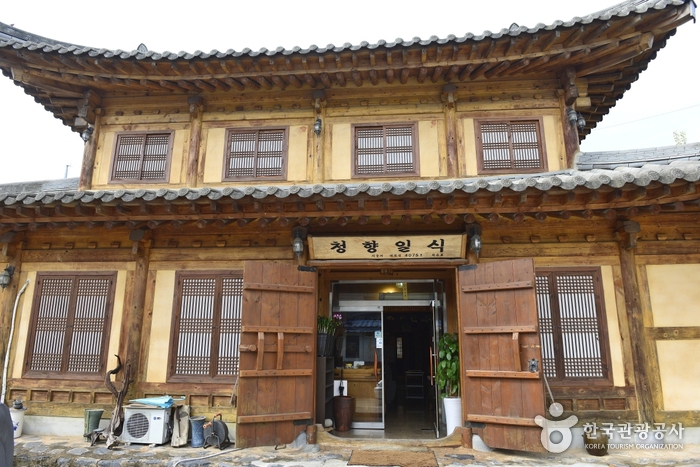
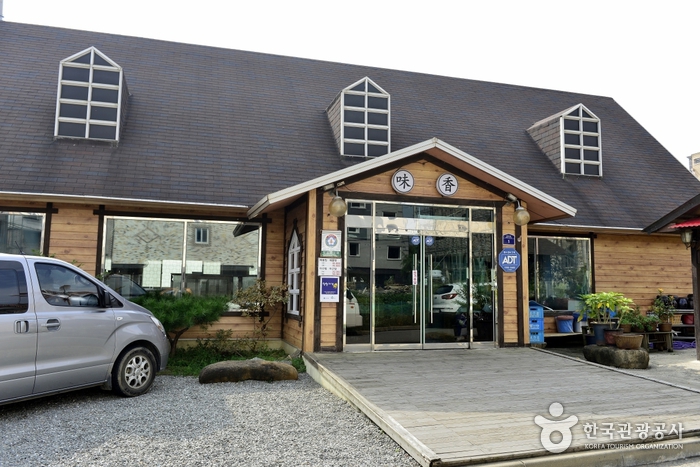
 English
English
 한국어
한국어 日本語
日本語 中文(简体)
中文(简体) Deutsch
Deutsch Français
Français Español
Español Русский
Русский